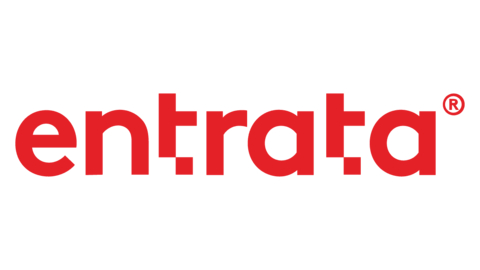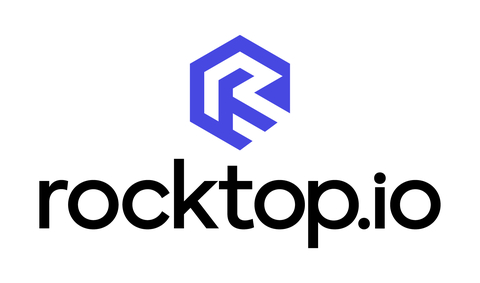Redfin Reports Economic Jitters, High Costs Stifle Spring Home Sales
New listings are still rising, allowing some buyers to get deals Pending U.S. home sales fell 3.4% year over year during the four weeks ending May 11 to their lowest level on record for this time of year aside from 2020, according to a new report from Redfin (redfin.com), the technology-powered real estate brokerage. Would-be homebuyers are backing off for two main reasons. One, rising home-sale prices and elevated mortgage rates pushed
Read More












